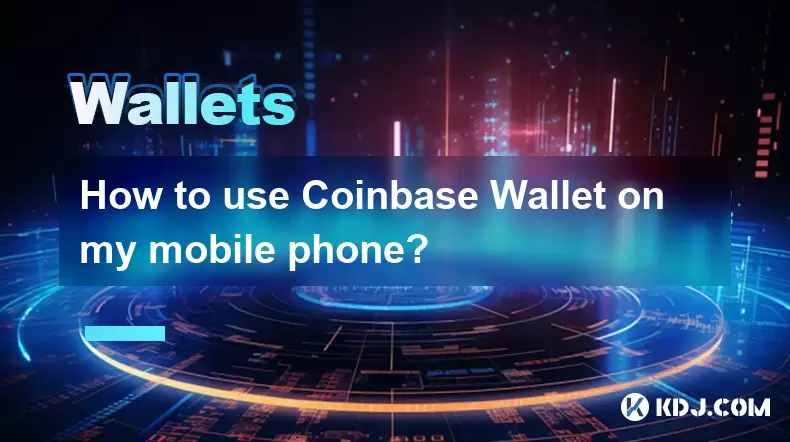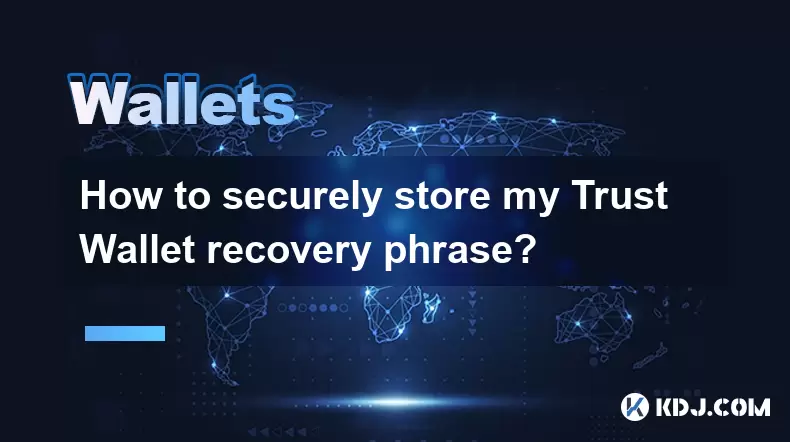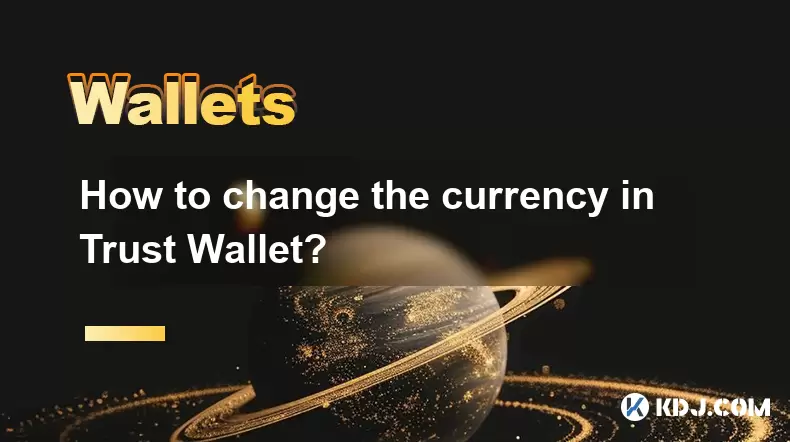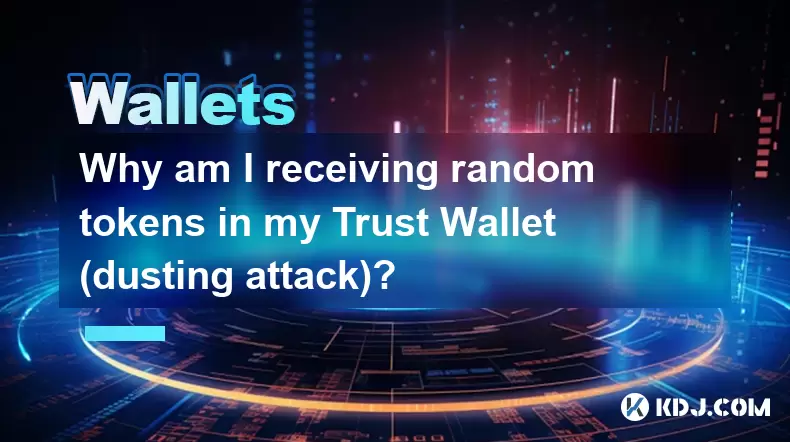-
 Bitcoin
Bitcoin $114200
0.00% -
 Ethereum
Ethereum $3637
0.56% -
 XRP
XRP $2.950
-2.01% -
 Tether USDt
Tether USDt $0.9999
0.02% -
 BNB
BNB $761.0
0.55% -
 Solana
Solana $164.1
-1.38% -
 USDC
USDC $0.9999
0.02% -
 TRON
TRON $0.3332
0.36% -
 Dogecoin
Dogecoin $0.2012
-0.52% -
 Cardano
Cardano $0.7261
-1.41% -
 Hyperliquid
Hyperliquid $37.62
-2.13% -
 Stellar
Stellar $0.3930
-2.65% -
 Sui
Sui $3.441
-0.16% -
 Bitcoin Cash
Bitcoin Cash $563.8
0.70% -
 Chainlink
Chainlink $16.50
0.09% -
 Hedera
Hedera $0.2424
-0.14% -
 Ethena USDe
Ethena USDe $1.001
0.01% -
 Avalanche
Avalanche $22.20
0.00% -
 Litecoin
Litecoin $118.0
-2.48% -
 UNUS SED LEO
UNUS SED LEO $8.991
0.12% -
 Toncoin
Toncoin $3.195
-3.87% -
 Shiba Inu
Shiba Inu $0.00001217
0.12% -
 Uniswap
Uniswap $9.674
-0.21% -
 Polkadot
Polkadot $3.633
1.00% -
 Monero
Monero $295.3
-0.82% -
 Dai
Dai $0.9999
0.00% -
 Bitget Token
Bitget Token $4.321
-0.41% -
 Cronos
Cronos $0.1392
0.73% -
 Pepe
Pepe $0.00001027
-0.89% -
 Aave
Aave $258.5
0.32%
How to use Coinbase Wallet on my mobile phone?
Download Coinbase Wallet, create a new wallet, secure your 12-word recovery phrase, and use your public address to send, receive, and swap crypto or connect to dApps securely.
Aug 06, 2025 at 09:57 am

Setting Up Coinbase Wallet on Your Mobile Device
To begin using Coinbase Wallet on your mobile phone, download the official app from the App Store (for iOS) or Google Play Store (for Android). Search for "Coinbase Wallet" and ensure you select the correct application developed by Coinbase, Inc. Install the app and open it once the installation completes. Upon launching, tap on "Create a new wallet" to initiate the setup process. You will be prompted to create a strong password—this password protects access to your wallet on the device. Choose a combination of letters, numbers, and symbols that is unique and not used elsewhere.
The next step involves securing your recovery phrase, a set of 12 words that act as a backup to restore your wallet if you lose access to your phone. The app will display the phrase on the screen. Carefully write it down on paper and store it in a secure, offline location. Never save it digitally or share it with anyone. After writing it down, you will be asked to verify the phrase by selecting the words in the correct order. Once confirmed, your wallet is officially created. At this stage, your public wallet address is generated, which you can use to receive cryptocurrencies.
Understanding the Interface and Core Features
The main screen of the Coinbase Wallet app displays your asset balance, recent transactions, and quick access buttons for sending, receiving, and swapping tokens. The top section shows your total balance in your preferred fiat currency (e.g., USD), with a toggle to view balances in specific cryptocurrencies. Below that, you’ll see a list of supported assets such as ETH, DAI, USDC, and various ERC-20 tokens. Tap any asset to view its transaction history and detailed information.
The "Browser" tab at the bottom allows direct interaction with decentralized applications (dApps). This built-in Web3 browser connects your wallet to blockchain-based platforms such as decentralized exchanges (DEXs), NFT marketplaces, and yield farming protocols. When you visit a dApp, the wallet will prompt you to connect your wallet—this grants the dApp read access to your public address but does not allow it to move funds without explicit approval.
Another key feature is the "Collectibles" tab, where all your NFTs are displayed. If you’ve purchased or received non-fungible tokens, they will appear here with their images and metadata. This section supports NFTs from Ethereum, Polygon, and other compatible blockchains.
Sending Cryptocurrency Using Coinbase Wallet
To send cryptocurrency, tap the "Send" button on the home screen. You’ll be prompted to select the asset you wish to transfer. After selecting the token, enter the recipient’s public wallet address. You can paste it from your clipboard or scan a QR code using the camera icon. Ensure the address is correct—transactions on the blockchain are irreversible.
Next, input the amount you want to send. The app will display the estimated network fee (gas fee) required for the transaction. You can adjust the fee level—low, medium, or high—depending on how quickly you want the transaction confirmed. Higher fees result in faster processing. Review all details carefully, including the recipient address and amount, then tap "Continue". You’ll need to authenticate using your device’s biometric security (fingerprint or face ID) or your wallet password. After authentication, the transaction is broadcast to the network and appears in your transaction history.
Receiving Cryptocurrency and Managing Addresses
To receive funds, tap the "Receive" button. The app will display your public wallet address as both text and a QR code. Share this address with the sender through any communication channel. You can copy the address to your clipboard or allow the sender to scan the QR code directly from your screen.
Each asset has the same wallet address, but you must ensure the sender uses the correct network. For example, sending USDC on the Ethereum network to an address expecting USDC on Solana will result in permanent loss of funds. Always confirm the network with the sender before initiating any transfer. The app displays network information below the QR code to help avoid mistakes.
You can also generate a custom label for incoming transactions. This helps you identify who sent the funds, especially if you manage multiple financial relationships. Labels are stored locally and do not appear on the blockchain.
Swapping Tokens Within the Wallet
Coinbase Wallet allows direct token swaps without leaving the app. Navigate to the "Swap" section from the home screen. Select the token you wish to exchange and the token you want to receive. Enter the amount, and the app will show you available liquidity and the estimated output after fees.
The swap feature aggregates quotes from multiple decentralized exchanges to offer competitive rates. Before confirming, review the exchange rate, service fee, and slippage tolerance. Slippage is the difference between the expected price and the actual execution price, often due to market volatility. You can adjust the slippage setting in the app’s preferences if needed.
Once satisfied, tap "Swap" and authenticate with your biometrics or password. The transaction will be processed on the blockchain, and the new tokens will appear in your wallet once confirmed. Swap history is accessible under the transaction details for each asset.
Connecting to Decentralized Applications (dApps)
To interact with a dApp, go to the "Browser" tab and navigate to the website (e.g., Uniswap, OpenSea, Aave). When the site requests a wallet connection, a prompt will appear in the Coinbase Wallet app. Tap "Connect" to authorize the link. Your public address will be shared, but private keys remain secure on your device.
When executing actions like minting NFTs, providing liquidity, or approving token spending, the app will request your approval. Each transaction requires gas fees paid in the native token of the network (e.g., ETH for Ethereum). Always review the details of the contract interaction before confirming. The wallet displays the function being called and the associated cost.
You can disconnect from any dApp at any time through the app’s connection manager. This revokes the dApp’s ability to interact with your wallet, enhancing security after use.
Frequently Asked Questions
Can I recover my Coinbase Wallet if I lose my phone?
Yes. As long as you have your 12-word recovery phrase, you can restore your wallet on a new device. Install the Coinbase Wallet app, select "Restore wallet", and enter your recovery phrase exactly as written. Your funds and transaction history will reappear.
Is Coinbase Wallet the same as my Coinbase.com account?
No. Coinbase Wallet is a self-custody wallet where you control your private keys. Coinbase.com is a centralized exchange that holds your assets. They are separate systems, though you can transfer funds between them using wallet addresses.
What should I do if I enter the wrong network when sending funds?
If you send cryptocurrency to the correct address but on the wrong network (e.g., sending ETH to a BSC address), the funds may be lost permanently. Always double-check the network. Some wallets support cross-chain recovery tools, but there is no guarantee.
Can I use Coinbase Wallet without a Coinbase.com account?
Yes. Coinbase Wallet operates independently. You do not need an account with the Coinbase exchange to use the wallet app. It functions as a standalone Web3 wallet for storing, sending, and interacting with blockchain assets.
Disclaimer:info@kdj.com
The information provided is not trading advice. kdj.com does not assume any responsibility for any investments made based on the information provided in this article. Cryptocurrencies are highly volatile and it is highly recommended that you invest with caution after thorough research!
If you believe that the content used on this website infringes your copyright, please contact us immediately (info@kdj.com) and we will delete it promptly.
- Binance, CZ, and the FTX Fallout: The $1.8 Billion Question
- 2025-08-06 18:30:12
- Brendan Rodgers, Celtic, and the Greg Taylor Role: A Tactical Conundrum
- 2025-08-06 18:50:12
- Coinbase Stock, Investment, and Earnings: Navigating Crypto's Tides
- 2025-08-06 18:55:54
- DALPY Coin: Investor Buzz Swirls Around Upcoming 'Game-Changing' Features
- 2025-08-06 18:30:12
- BlockchainFX: Your Ticket to 1000x Crypto Gains in '25?
- 2025-08-06 19:30:12
- Dogecoin Price, Technical Indicators, and Trader Sentiment: A NYC Perspective
- 2025-08-06 19:35:12
Related knowledge

How to add TRC20 token to Trust Wallet?
Aug 04,2025 at 11:35am
Understanding TRC20 and Trust Wallet CompatibilityTrust Wallet is a widely used cryptocurrency wallet that supports multiple blockchain networks, incl...

How to securely store my Trust Wallet recovery phrase?
Aug 06,2025 at 07:14am
Understanding the Importance of Your Trust Wallet Recovery PhraseYour Trust Wallet recovery phrase, also known as a seed phrase or mnemonic phrase, is...

How to change the currency in Trust Wallet?
Aug 06,2025 at 07:14pm
Understanding Currency Display in Trust WalletTrust Wallet does not allow users to change the base currency used for valuation in the same way traditi...

Why am I receiving random tokens in my Trust Wallet (dusting attack)?
Aug 06,2025 at 10:57am
What Is a Dusting Attack in the Cryptocurrency Space?A dusting attack occurs when malicious actors send minuscule amounts of cryptocurrency—often frac...

What is a watch-only wallet in Trust Wallet?
Aug 02,2025 at 03:36am
Understanding the Concept of a Watch-Only WalletA watch-only wallet in Trust Wallet allows users to monitor a cryptocurrency address without having ac...

Why can't I connect my Trust Wallet to a DApp?
Aug 04,2025 at 12:00pm
Understanding DApp Connectivity and Trust WalletConnecting your Trust Wallet to a decentralized application (DApp) is a common process in the cryptocu...

How to add TRC20 token to Trust Wallet?
Aug 04,2025 at 11:35am
Understanding TRC20 and Trust Wallet CompatibilityTrust Wallet is a widely used cryptocurrency wallet that supports multiple blockchain networks, incl...

How to securely store my Trust Wallet recovery phrase?
Aug 06,2025 at 07:14am
Understanding the Importance of Your Trust Wallet Recovery PhraseYour Trust Wallet recovery phrase, also known as a seed phrase or mnemonic phrase, is...

How to change the currency in Trust Wallet?
Aug 06,2025 at 07:14pm
Understanding Currency Display in Trust WalletTrust Wallet does not allow users to change the base currency used for valuation in the same way traditi...

Why am I receiving random tokens in my Trust Wallet (dusting attack)?
Aug 06,2025 at 10:57am
What Is a Dusting Attack in the Cryptocurrency Space?A dusting attack occurs when malicious actors send minuscule amounts of cryptocurrency—often frac...

What is a watch-only wallet in Trust Wallet?
Aug 02,2025 at 03:36am
Understanding the Concept of a Watch-Only WalletA watch-only wallet in Trust Wallet allows users to monitor a cryptocurrency address without having ac...

Why can't I connect my Trust Wallet to a DApp?
Aug 04,2025 at 12:00pm
Understanding DApp Connectivity and Trust WalletConnecting your Trust Wallet to a decentralized application (DApp) is a common process in the cryptocu...
See all articles

























































































